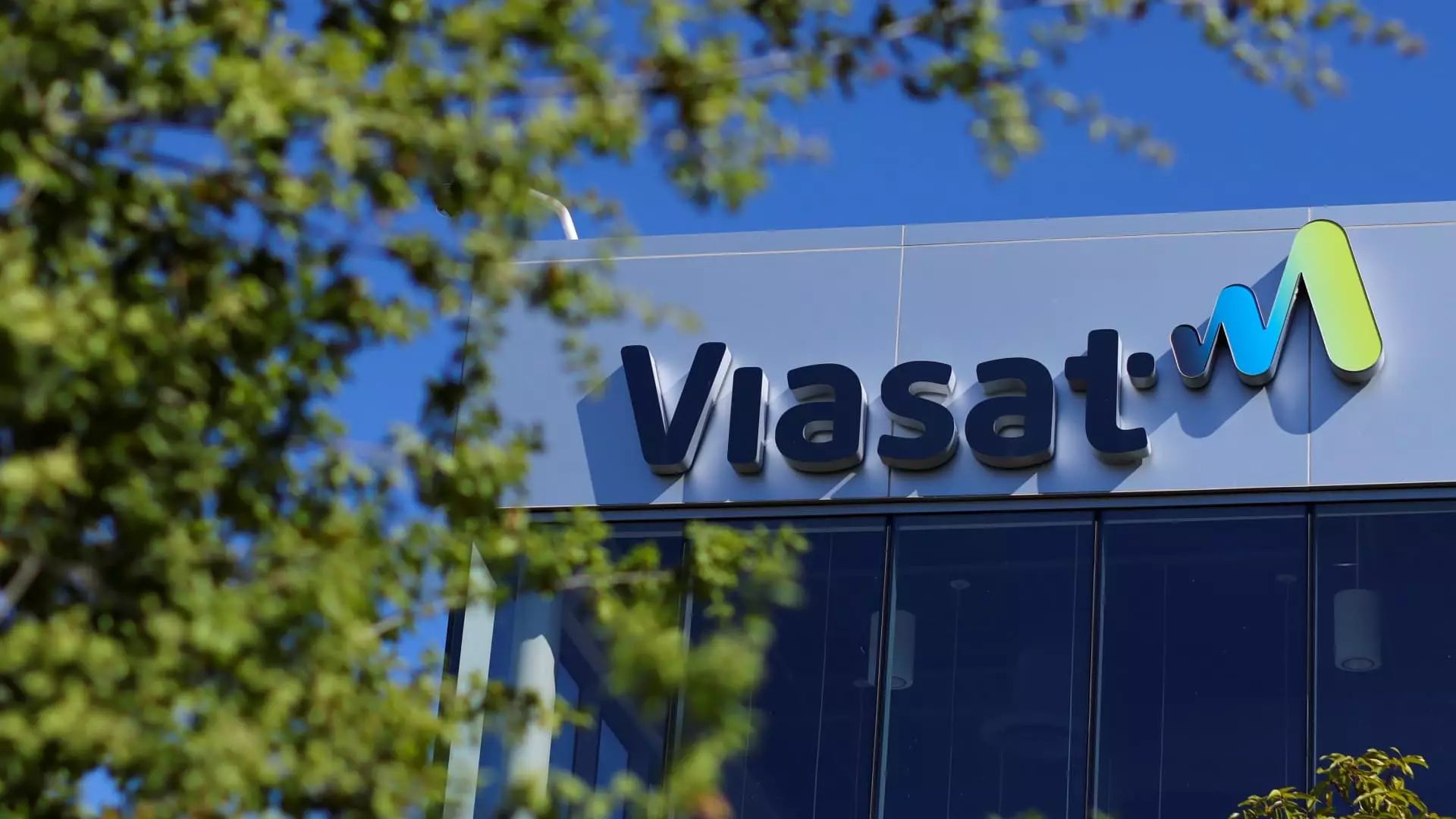Viasat, a satellite communication firm often overshadowed by the more prominent Starlink, has recently seen its stock surge, propelled by a favorable recommendation from Deutsche Bank. The 13% leap in Viasat’s shares reflects investors’ renewed interest in the company, driven by the optimism expressed by analyst Edison Yu. Yu has shifted his stance from holding to buying, suggesting that Viasat has a unique opportunity to create significant equity value by addressing its balance sheet challenges through asset monetization. This could potentially result in a transformation of its financial landscape within the next 12 to 18 months, heralding a new era for the company.
Starlink’s Competitive Threat Looms
Despite the promising outlook from Deutsche Bank, there’s a palpable tension in the air about Viasat’s long-term viability. Yu was candid about the mountain Viasat must climb, given the relentless pressure Starlink applies to its market share. With Elon Musk’s brainchild aggressively penetrating international markets—most recently securing deals in India and launching services in Indonesia—Viasat’s core communications business is facing a formidable adversary. It’s essential to analyze whether Viasat can keep pace or even reclaim lost ground in a market increasingly saturated by advanced competitors.
Market Trends and Viasat’s Stained Past
One can’t overlook that Viasat’s stock is buoyed significantly by favorable market trends. As the company reports a 30% growth year-to-date, it is worth noting that this rise is starkly juxtaposed against the S&P 500’s lackluster performance—down over 2%. While that sounds promising, it is crucial to remain wary of the inherent volatility in the tech and communications space. The potential rebound of Viasat paints an optimistic picture, but one must critically evaluate whether this growth is a sustainable trajectory or just a fleeting spike.
The past performance of Viasat has not been without blemish. Numerous operational issues and competitive pressures have dogged the company, raising serious questions about its strategic direction. In the backdrop of its escalating stock prices, stakeholders must weigh the optimism against the history of inconsistent results. Has Viasat genuinely turned a corner, or is this merely a classic case of stock market euphoria?
The Rhetoric of Risk and Reward
Caution is warranted; however, the thrill of investing shouldn’t be discounted. The risk-to-reward ratio discussed by Yu reflects a tantalizing opportunity for investors willing to bet on Viasat’s future performance. If Viasat can indeed leverage its assets effectively and emerge as a formidable contender against Starlink, the financial payoff for investors could be monumental. Yet, it is imperative to navigate this investment landscape with a discerning eye.
The question ultimately boils down to trust. Can investors place faith in Viasat’s management to execute the strategies needed to counterbalance the disruption from Starlink? Or will the company falter under the weight of its competition and historical missteps? The fine line between risk and reward is thinner than ever, and making an informed decision in the current climate is crucial.

